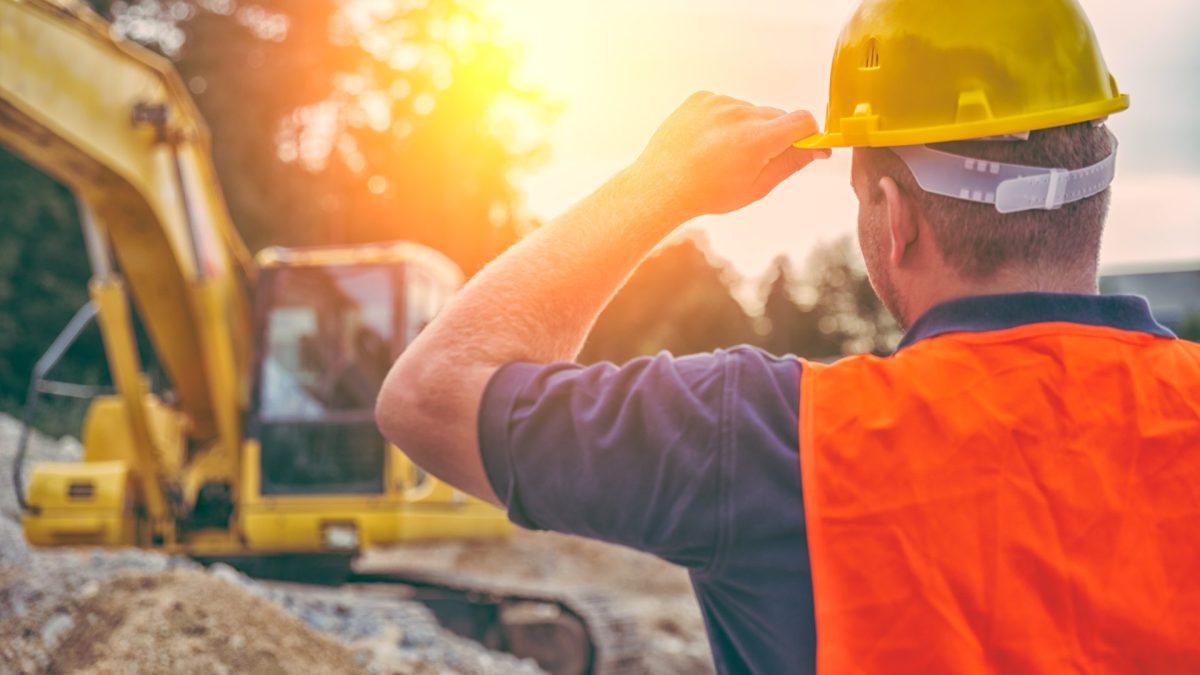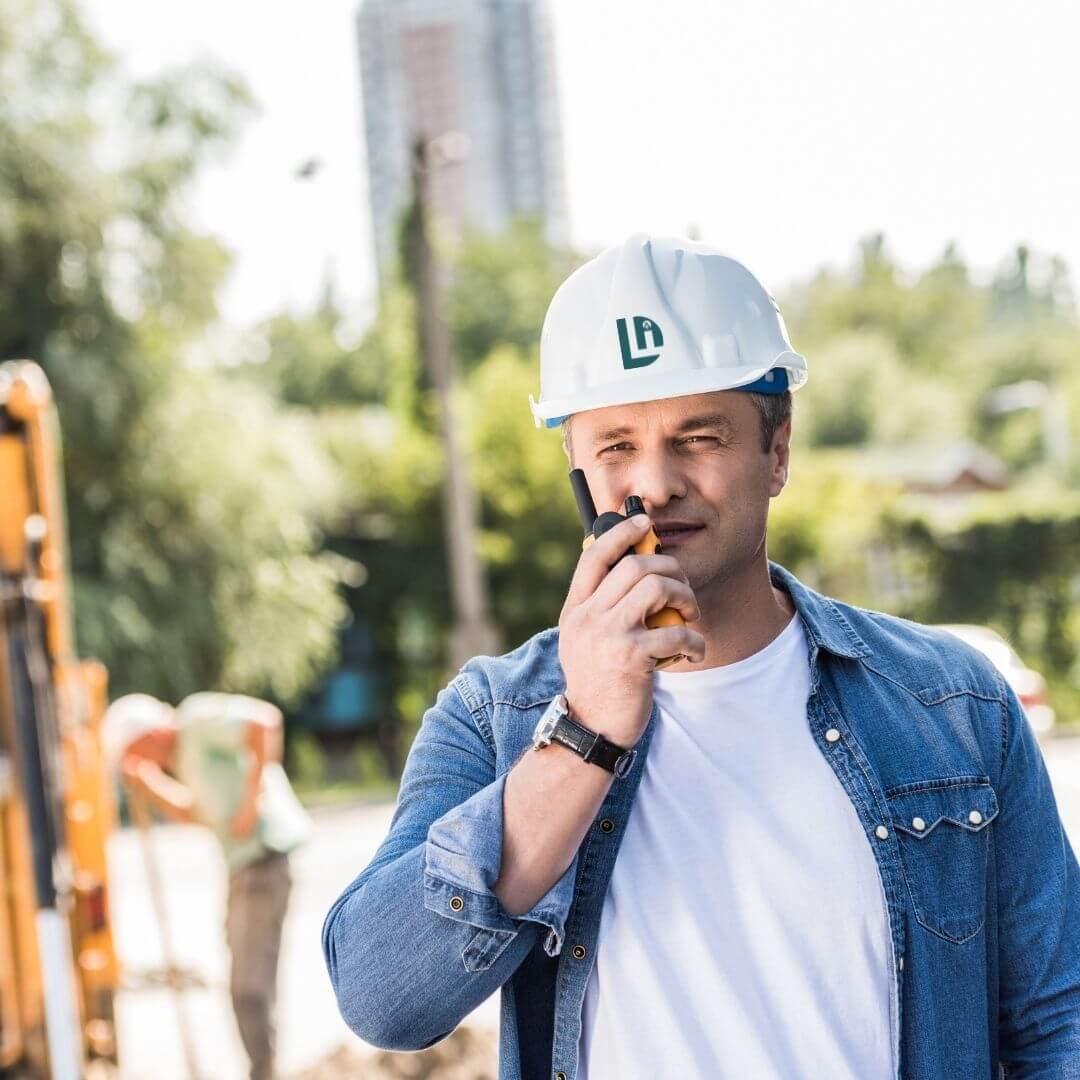It’s never too late to try something new, no matter your age.
Changing careers 10, 20, 30 or even 40 years into your working life might be the right move, especially if you’re finding yourself wanting to explore another role or industry.
If you are over 40 there is funding available through Skills Checkpoint https://skillscheck.com.au/ and https://www.dewr.gov.au/mid-career-checkpoint-program
Changing careers can increase your job satisfaction and increase your earning potential. Its about keeping your passion alive.
Read on to learn more about why you shouldn’t let age hold you back from a career change, as well as what you can do to make your next career change a success!
Is it difficult to make a midlife career change?
Making a midlife career change can be difficult if you don’t prepare accordingly. Switching jobs/industries can be daunting, especially if you’ve been in the one role/industry for a long time – which is often the case for those that are at the midway point of their working life.
Things to consider when making a midlife career change include:
- What you need to do to successfully change careers
- Your financial situation
- Other life commitments
- Transfer your experience into your desired role/industry
With proper planning/forethought, making a career change in 40’s or even later can help you rekindle your passion for your work.
What are some of the signs that I need to change my career path?
Professional burnout is unlikely to manifest itself in one big event – instead, burnout can creep up on you in a variety of ways.
For those that have experienced burnout, they’ll know how to spot the signs of burnout in the future, but it can often be confusing if you’re experiencing burnout in the workplace for the first time.
Signs that it might be time to change career because of burnout include:
- You’re losing interest in your work
- You’re consistently thinking about different career paths
- You’re finding that work is negatively affecting your mood
- Your hobbies/passions aren’t as compelling because of your difficulties with work
- You feel like you no longer can progress in your career
Of course, you shouldn’t necessarily change careers/industries at the first sign of burnout symptoms – instead, use those feelings as a catalyst to assess your relationship with your work and realise if you can make any adjustments.
On the other hand, ignoring the signs of burnout can lead to greater problems down the track, so talk with your network to decide whether it truly is time to change careers.
What do I need to do to make a career change?
Making a career change doesn’t typically happen overnight, especially if you’ve been in the one role for a long time. The professional landscape is constantly shifting and evolving, so re-acquainting yourself with the trends that are shaping the way employers hire and attract new talent can give you a leg up when you’re interviewing for new roles.
If it’s been a while since you looked for a new job, then it’s important to know where to look. SEEK, Indeed, LinkedIn and EthicalJobs are wonderful places to look for different roles.
You can also set up job alerts that’ll let you know whenever employers share a job that fits the criteria you’ve set when looking for your next role, so you can be one of the first to apply. This is especially useful if you’re looking to pivot to a competitive industry, as being one of the first applicants can help you stand out from the crowd.
If you haven’t updated resume or Linkedin in a while, then now is the time to get things in order! Reach out to people you’ve worked with previously to act as your references, and ensure you tailor your CV to address the key selection criteria for the role you’re applying for each time.
The more personalised you can make your CV, the more likely it is that you’ll get the attention of prospective employers. As a more mature employee, you can use your CV to display your commitment to self-improvement in the workplace through the roles you’ve had in the past, so make sure to outline your skills and experience in your CV.
Finally, if you’ve got your eye set on a particular role/career, then you may want to consider completing further study. DLI’s range of courses can help you acquire the skills/knowledge you need to transition in a new career without having to wait years.
Best of all, DLI’s courses are typically self-paced and online, so you can continue to work in your current role while preparing for your next career move. Changing careers when you’re further along in your professional journey may seem daunting, but it can be a rewarding experience that reignites your flame in the world of work.
Decided it’s time to change careers?
DLI is here to help. DLI offers a range of nationally recognised qualifications in the form of workshops, face to face classes and online that can help you upskill and reskill. Want to learn more? Get in touch with one of our education consultants to find out what form of further study might be right for you!

























